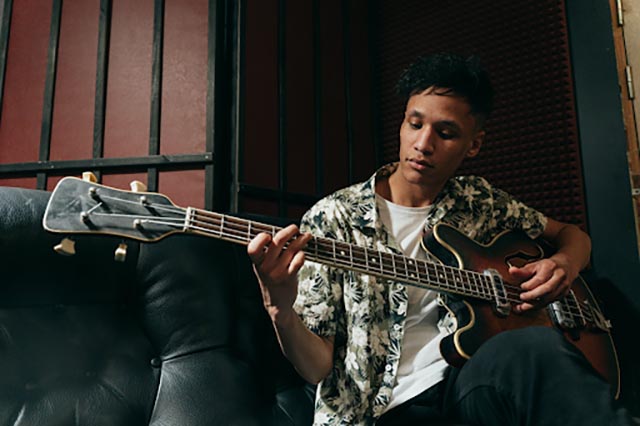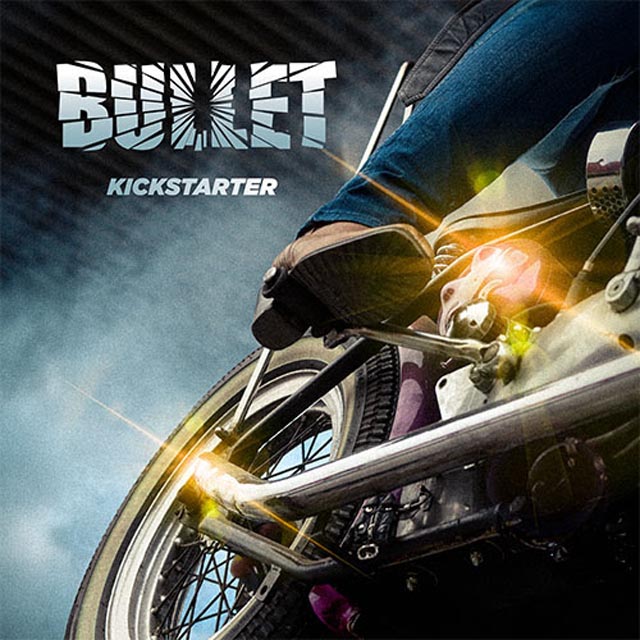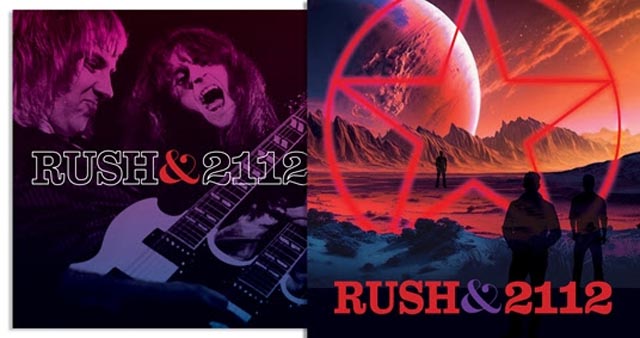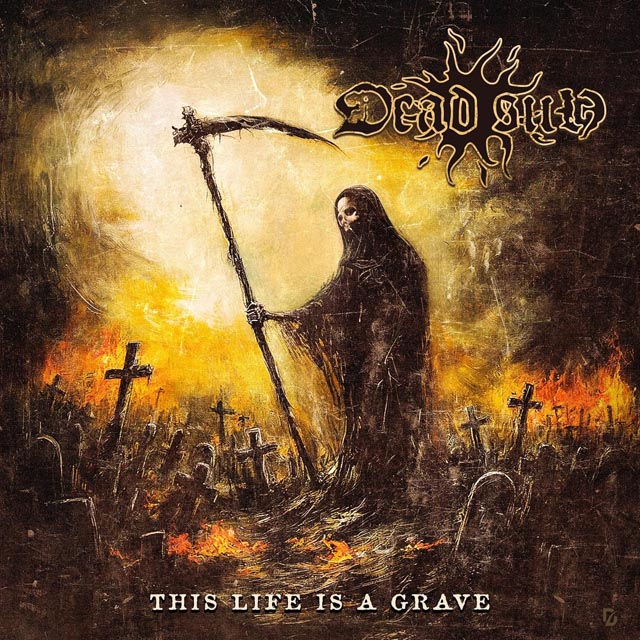
Playing the guitar is a lot of fun. It can also be difficult to learn, especially if you don’t have someone showing you how to do it right from the beginning. Here are some helpful tips that will help you get started with bass guitar tabs and make learning more enjoyable!
Practice daily
Even if you don’t feel like it, practicing guitar daily is one of the most important things that you can do. It doesn’t have to take a long time, but it’s important that you do something every day. Start with five minutes and work your way up from there as you get more comfortable playing guitar tabs. When you make a daily routine of practicing, you are more likely to continue. If it feels like a chore or something that takes up too much time, then try breaking your practice into bite-sized pieces throughout the day. For example, you could spend five minutes before work on guitar tabs and another ten minutes at lunchtime. This is also helpful for beginners who may not have the luxury of spending hours learning new songs every day – this helps ensure they don’t get bored with what they’re working on!
Learn where all of your fingers go
It can be helpful to learn where your fingers are supposed to go on the guitar. This makes it easier for you to remember which strings and frets correspond with each other, especially when playing bass tabs or notes. You do not have to physically write out how your fingers need to go – this is something that usually comes naturally over time once you start learning new songs! However, if there’s a song in particular that you’re struggling with or trying really hard to master, then it might help work out exactly what notes are played by each of your fingers at certain points throughout the piece. For example: if someone told you that one note needs played using the second finger on string six (the thickest string), but every time you try it you play a different note, then it might be helpful to write out exactly what you need to do with your fingers.
Writing things down can also help if you’re trying to share guitar tabs or songs with someone else – they’ll know exactly which notes are supposed to come next! Practicing where each of your fingers goes on the guitar is especially important for beginners who want to learn how to read bass guitar tabs. Most music that beginners use has all of their tabs written out in standard notation (the same way as sheet music), so knowing where each hand goes helps ensure you don’t make any mistakes when playing along and following the song properly.
Use tabs for beginners
Sometimes learning guitar tabs can be confusing. There are so many different sets of information that it’s easy to get confused about which ones you should learn first and how they work in relation to each other when you’re trying to play songs! As a general rule, always start by using beginner-friendly versions of the song before attempting advanced versions later on. For example: if someone wanted to try playing ‘Daniel’ by Elbow (which has some fairly complicated notes), then it might make more sense for them to practice ‘One Day Like This’ at first because this is generally an easier piece based around chords rather than bass guitar tabs alone. It will help ensure your fingers don’t cramp up or struggle from being too tired after practicing all of the harder notes.
Because beginner-friendly versions of songs are usually easier to play, this makes it a lot simpler for you as the player to work out what’s going on and follow along with each piece more easily! This can be really helpful if you’re trying to improve your guitar playing but don’t have much time during your day – making practicing fun from the very beginning is one of those ‘little things that make all of the difference when learning how to read music sheets.
Find an online community or local group of bassists in your area
If you’re keen to learn how to play the bass guitar, then it can be incredibly useful to join an online community or group of other bassists in your area. This is beneficial because you’ll have a chance to meet new people who are interested in the same things as you, explore cool places near where they live, and jam with them on different songs! You might even make some friends outside of playing music – this is something that I’ve definitely noticed myself over time. If there’s one thing about being part of an active band or writing songs together, it’s that everyone becomes super close really quickly due largely down to spending so much time working towards common goals alongside each other (learning song-writing skills for example).
Listen to guitarists on YouTube and Spotify play songs
Try to imitate them while playing along with them on your guitar. You can also try to learn licks or riffs by ear. There are so many amazing guitarists out there who have the power to inspire, and listening closely to how they play their songs is a great way of learning new skills – especially if you’re trying really hard on something that’s giving you trouble, like fast-paced soloing for example! It might seem like an impossible task at first (especially when it comes with lots of different notes), but once your fingers start getting used to playing in time with each other again then everything becomes much easier.
Don’t be afraid to ask guitar tabs questions!
If you’re still struggling with something that doesn’t make sense, then it can be worth asking someone else for help. You might find this helpful if your online community is busy or offline at the time – most people are usually willing to help out when they have spare time though! We hope this article has helped you learn a few helpful tips to get started with guitar playing.

Learning to play the guitar is a rewarding and empowering experience, but it can also be frustrating. Luckily, there are several things you can do to make learning easier – from practicing every day to getting tabs for beginners or finding a local bassist community in your area. Good luck with your journey into playing music!
Metal Insider occasionally accepts paid content. Check here to find out more about our advertising policy.












